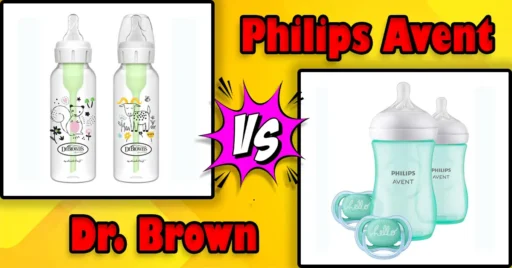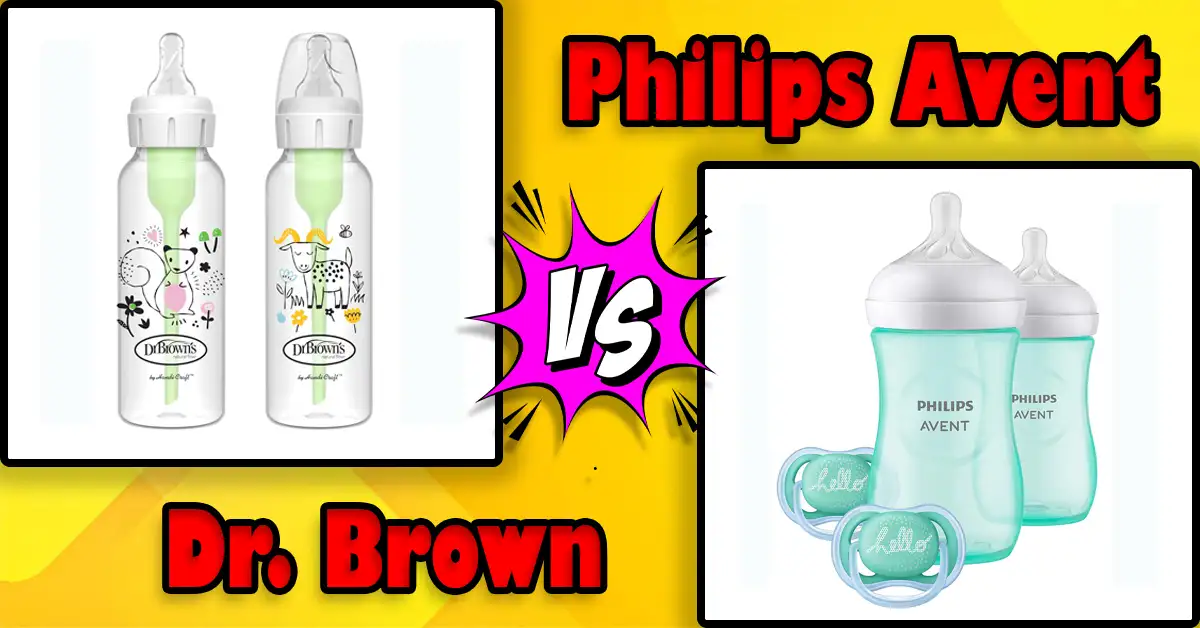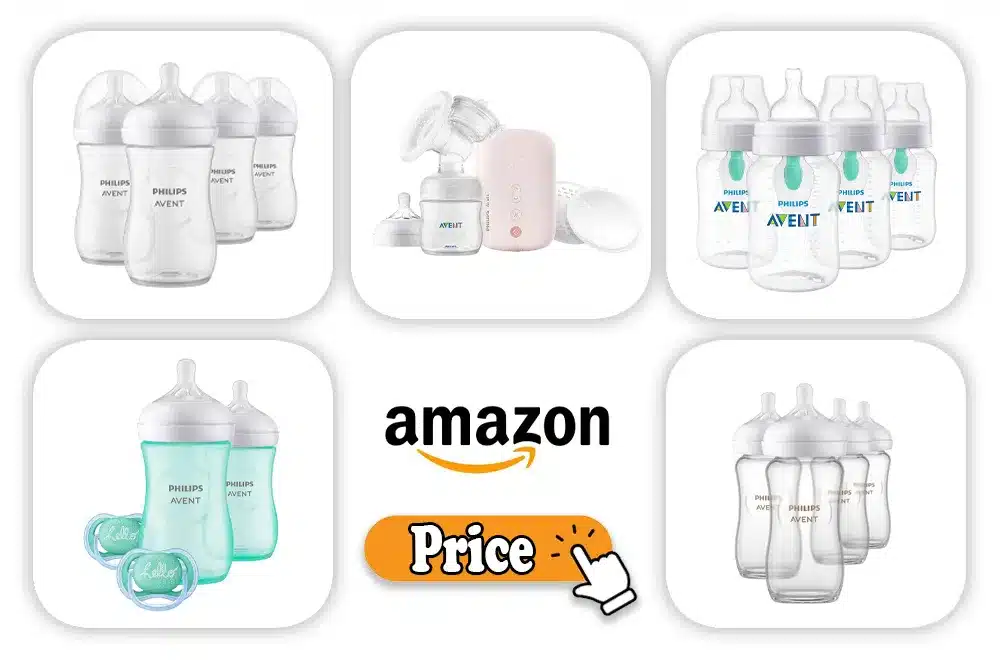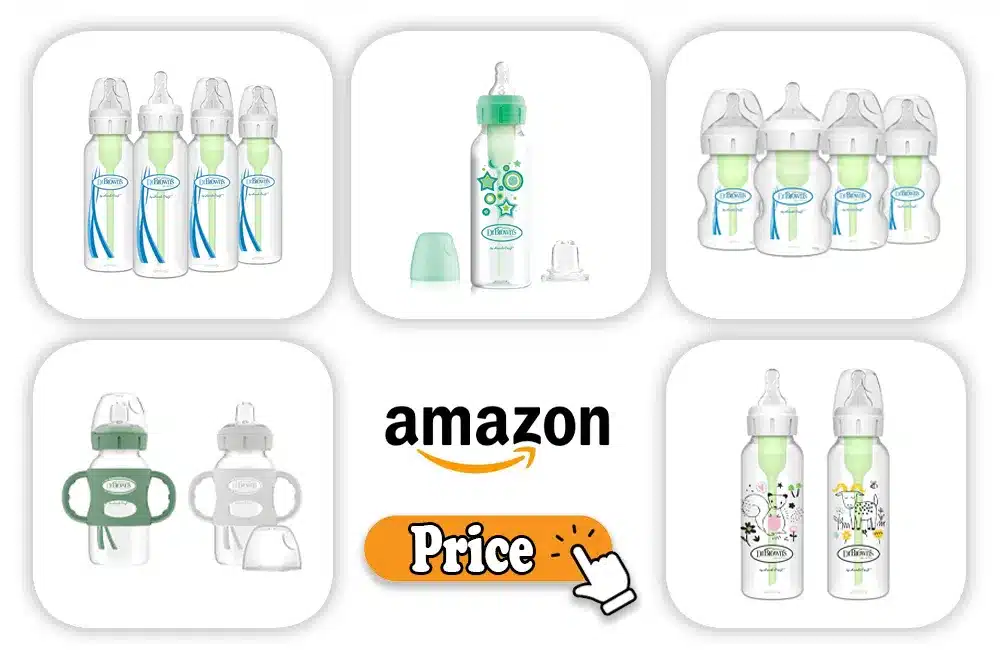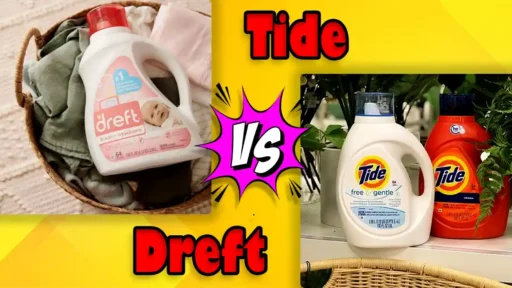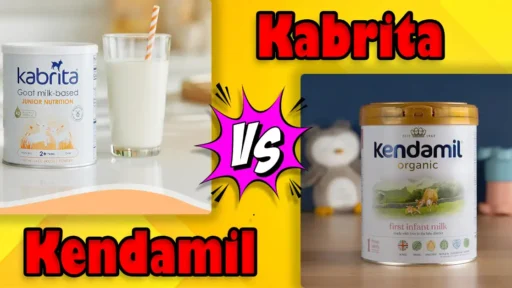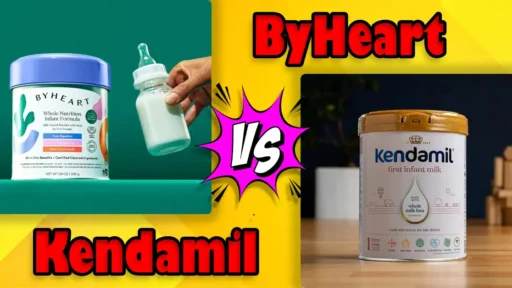Choosing between Philips Avent and Dr. Brown’s bottles can be tricky, especially for new parents. I’ve used both and noticed big differences in ease of use, cleaning, and colic prevention. If you’re unsure which one is right for your baby, I’ll break it down. In this review, I’ll share what worked, what didn’t, and which one I’d recommend based on real experience. Let’s dive in!
Philips Avent Bottles Review
Philips Avent is a trusted name in baby care. After trying their bottles, I saw why parents love them. They are easy to use, well-designed, and made from quality materials. But like any product, they have pros and cons.
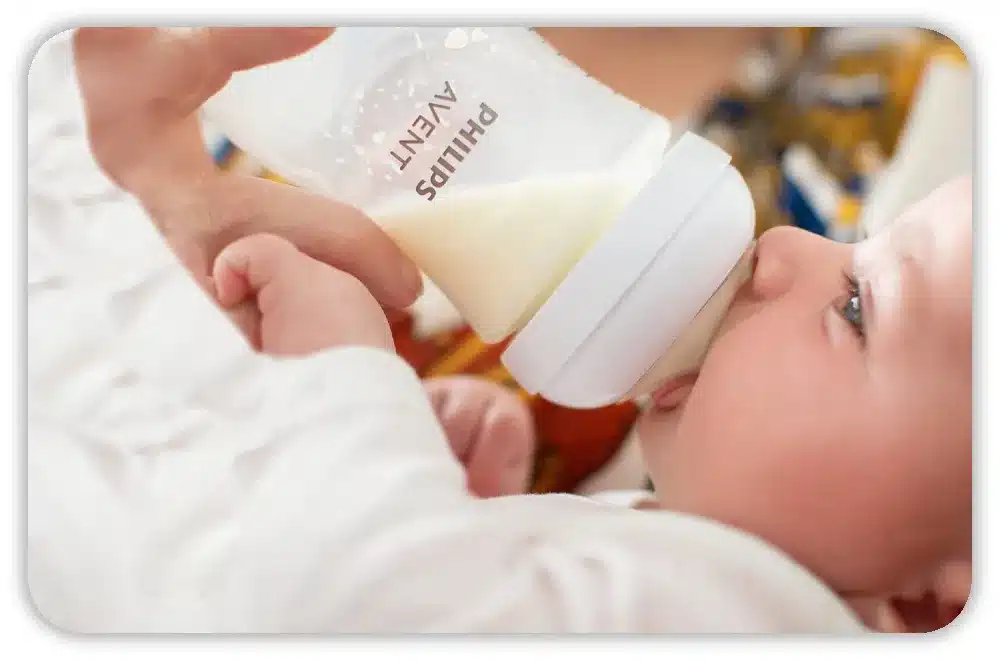
What I Like
- Great Anti-Colic Design: The AirFree vent helps reduce colic by keeping air out. My baby had fewer gas issues after switching to these bottles.
- Easy to Clean: The wide-neck design makes cleaning simple. They’re also dishwasher-safe, which is a huge help for busy parents.
- Works with Other Avent Products: These bottles fit Avent breast pumps and warmers. No need to transfer milk between containers.
What Could Be Better
- Fading Measurement Markings: After months of washing, the ounce markings started to fade. This made it harder to measure formula.
- Nipple Flow Can Be Tricky: The flow rates vary, but finding the right one took some trial and error. Some were too fast or too slow for my baby.
- Slightly Pricey: These bottles cost more than some brands. But they last long, so I see them as a good investment.
Recommendation
- Great for: Parents who want an anti-colic bottle that’s easy to clean and works with other Avent products. If you use a Philips Avent breast pump, these are a perfect match.
- Consider other options if: You need bottles with markings that won’t fade or are on a tight budget. Also, if your baby struggles with nipple flow, you may need to test different options.
Pro Tips
- To keep markings from fading, avoid harsh sponges and detergents.
- Always check milk temperature when using a bottle warmer to prevent overheating.
Final Thoughts
Philips Avent bottles are well-designed, durable, and baby-friendly. While they have minor drawbacks, the benefits outweigh them. If you want a reliable bottle, this one is worth considering.
👉🏿👉🏻 Check Latest Price and Offer at Amazon 👈🏻👈🏿
Dr. Brown’s Bottles Review
Dr. Brown’s bottles have been a game-changer for me. Their vent system helps reduce colic and gas, which is a huge relief for parents with fussy babies. With a strong reputation for quality, I had to try them—and I wasn’t disappointed.
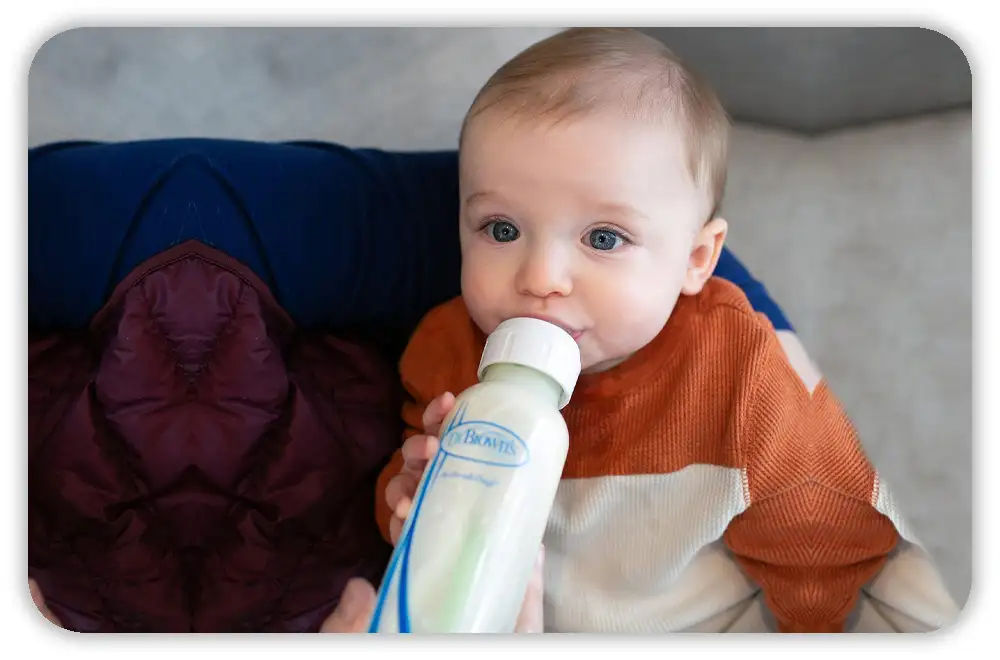
What I Like
- Anti-Colic Design Works: The vent system really helps with gas and colic. My baby was much more comfortable compared to using regular bottles.
- Variety of Sizes and Materials: Dr. Brown’s offers both glass and BPA-free plastic bottles. You can also choose between standard and wide-neck designs.
- Compatible with Dr. Brown’s Bottle Warmer: These bottles fit perfectly in the Dr. Brown’s bottle warmer. The gentle heating keeps nutrients intact, making warming quick and safe.
- Dishwasher Safe for Easy Cleaning: The bottles are top-rack dishwasher-safe. While they have more parts, using a dishwasher basket makes cleaning simple.
What Could Be Better
- More Parts to Clean: The vent system is great, but it adds extra pieces to wash. If you don’t have a dishwasher, cleaning can take longer.
- Leaks if Not Assembled Properly: If the vent isn’t attached correctly, the bottle may leak. It took me a few tries to get it right, but after that, it wasn’t a problem.
- Slightly Higher Price: Dr. Brown’s bottles cost more than some alternatives. But given the anti-colic benefits, I think they’re worth it.
Recommendation
Great for:
Parents of colicky or gassy babies who need relief.
Those who want different size and material options.
Parents who often use a bottle warmer for consistent heating.
Consider other options if:
You prefer fewer parts and faster cleaning.
You’re on a tight budget and don’t want to pay extra for the vent system.
Pro Tips
Always assemble the vent system properly to prevent leaks.
Use a bottle brush for thorough hand cleaning.
For travel, use Dr. Brown’s storage caps to prevent spills.
Final Thoughts
Dr. Brown’s bottles reduce gas and colic, making feedings easier for both babies and parents. While they require extra cleaning, the benefits far outweigh the drawbacks.
👉🏿👉🏻 Check Latest Price and Offer at Amazon 👈🏻👈🏿
Philips Avent vs Dr. Brown Bottles: A Simple Comparison
Picking the right bottle for your baby is tough. I’ve used both Philips Avent and Dr. Brown’s bottles, and each has its pros and cons. Let’s break it down so you can make the best choice!
Anti-Colic System: Philips Avent vs. Dr. Brown Bottles
Both bottles help with colic, but they work differently. Philips Avent has an AirFree vent, while Dr. Brown’s has a fully vented system to keep air out.
| Feature | Philips Avent | Dr. Brown’s |
| Vent System | AirFree vent reduces air in milk | Fully vented for better air removal |
| Effectiveness | Helps with gas but not 100% | Works great for colic relief |
| Ease of Use | Simple design, fewer parts | More pieces to put together |
Ratings:
- Philips Avent: 8/10 (Great, but not perfect)
- Dr. Brown’s: 9/10 (Best for colicky babies)
Cleaning & Maintenance: Philips Avent vs. Dr. Brown Bottles
As a busy parent, easy cleaning is a must. One of these is way simpler to clean than the other.
| Feature | Philips Avent | Dr. Brown’s |
| Number of Parts | 3-4 (Bottle, nipple, cap, vent) | 5-6 (Bottle, nipple, cap, internal vent) |
| Dishwasher Safe | Yes, top-rack safe | Yes, but small parts need a basket |
| Cleaning Effort | Super easy | Takes longer due to vent system |
Ratings:
- Philips Avent: 9/10 (Quick and easy!)
- Dr. Brown’s: 7/10 (Great function, but lots to clean)
Bottle Design & Material: Philips Avent vs. Dr. Brown Bottles
Material and design impact comfort and durability. Both offer plastic and glass options, but they feel different.
| Feature | Philips Avent | Dr. Brown’s |
| Shape | Wide-neck, easy to hold | Standard and wide-neck available |
| Material | BPA-free plastic or glass | BPA-free plastic or glass |
| Durability | Strong, but markings fade | Sturdy, lasts longer |
Ratings:
- Philips Avent: 8/10 (Markings fade over time)
- Dr. Brown’s: 9/10 (Durable and long-lasting)
👉🏿👉🏻 Check Latest Price and Offer at Amazon 👈🏻👈🏿
Performance: Philips Avent vs. Dr. Brown Bottles
A good bottle should mimic natural feeding and prevent leaks.
| Feature | Philips Avent | Dr. Brown’s |
| Leak Prevention | Rare leaks | Can leak if vent isn’t assembled right |
| Nipple Flow | Takes trial and error | More consistent flow |
| Baby’s Comfort | Works for most babies | Best for colicky babies |
Ratings:
- Philips Avent: 8/10 (Good, but flow can be tricky)
- Dr. Brown’s: 9/10 (Great for sensitive tummies)
Ease of Use: Philips Avent vs. Dr. Brown Bottles
Parents need bottles that are quick and hassle-free.
| Feature | Philips Avent | Dr. Brown’s |
| Assembly | Easy, fewer parts | Takes longer due to vent system |
| Compatibility | Works with Avent pumps & warmers | Fits Dr. Brown’s warmers |
| Convenience | Quick to prepare | Takes extra steps to assemble |
Ratings:
- Philips Avent: 9/10 (Hassle-free!)
- Dr. Brown’s: 7.5/10 (Worth it, but needs effort)
Value for Money: Philips Avent vs. Dr. Brown Bottles
Are these bottles worth the cost? Let’s find out.
| Feature | Philips Avent | Dr. Brown’s |
| Price Range | Mid-range | Slightly more expensive |
| Long-Term Durability | Good, but markings fade | Lasts longer, better quality |
| Cost Justification | Worth it for ease of use | Worth it for colic relief |
Ratings:
- Philips Avent: 8/10 (Affordable, good value)
- Dr. Brown’s: 8/10 (Pricier but effective)
👉🏿👉🏻 Check Latest Price and Offer at Amazon 👈🏻👈🏿
Overall: Philips Avent vs. Dr. Brown Bottles
So, which one is better? Here’s the final breakdown.
| Feature | Philips Avent | Dr. Brown’s |
| Anti-Colic System | 8/10 | 9/10 |
| Cleaning & Maintenance | 9/10 | 7/10 |
| Bottle Design & Material | 8/10 | 9/10 |
| Performance | 8/10 | 9/10 |
| Ease of Use | 9/10 | 7.5/10 |
| Value for Money | 8/10 | 8/10 |
| Final Score | 8.3/10 | 8.4/10 |
My Recommendation
- Pick Philips Avent if you want an easy-to-use, low-maintenance bottle.
- Pick Dr. Brown’s if your baby has colic and needs extra relief.
Read More: Coterie Wipes vs WaterWipes
Final Thoughts
I’ve used both bottles, and they each have their place. Philips Avent is perfect for busy parents who want something simple. Dr. Brown’s is a lifesaver for colicky babies but takes extra cleaning. Choose the one that fits your needs best!
FAQs: Philips Avent vs Dr. Brown Bottles
Dr. Brown’s bottles work better for colic because of their internal vent system, which stops air bubbles. Philips Avent helps too, but its design is simpler.
Yes. Dr. Brown’s bottles have more parts, making cleaning take longer. Philips Avent has fewer pieces and a wider neck, so it’s easier to clean.
Yes. Philips Avent bottles connect directly to their breast pumps. Dr. Brown’s bottles need an adapter for most pumps. Always check compatibility.
Dr. Brown’s bottles help newborns with gas or reflux. Philips Avent is great for quick feeding and easy use.
Philips Avent bottles are cheaper and easier to replace. Dr. Brown’s cost more because of their anti-colic system and extra features.


